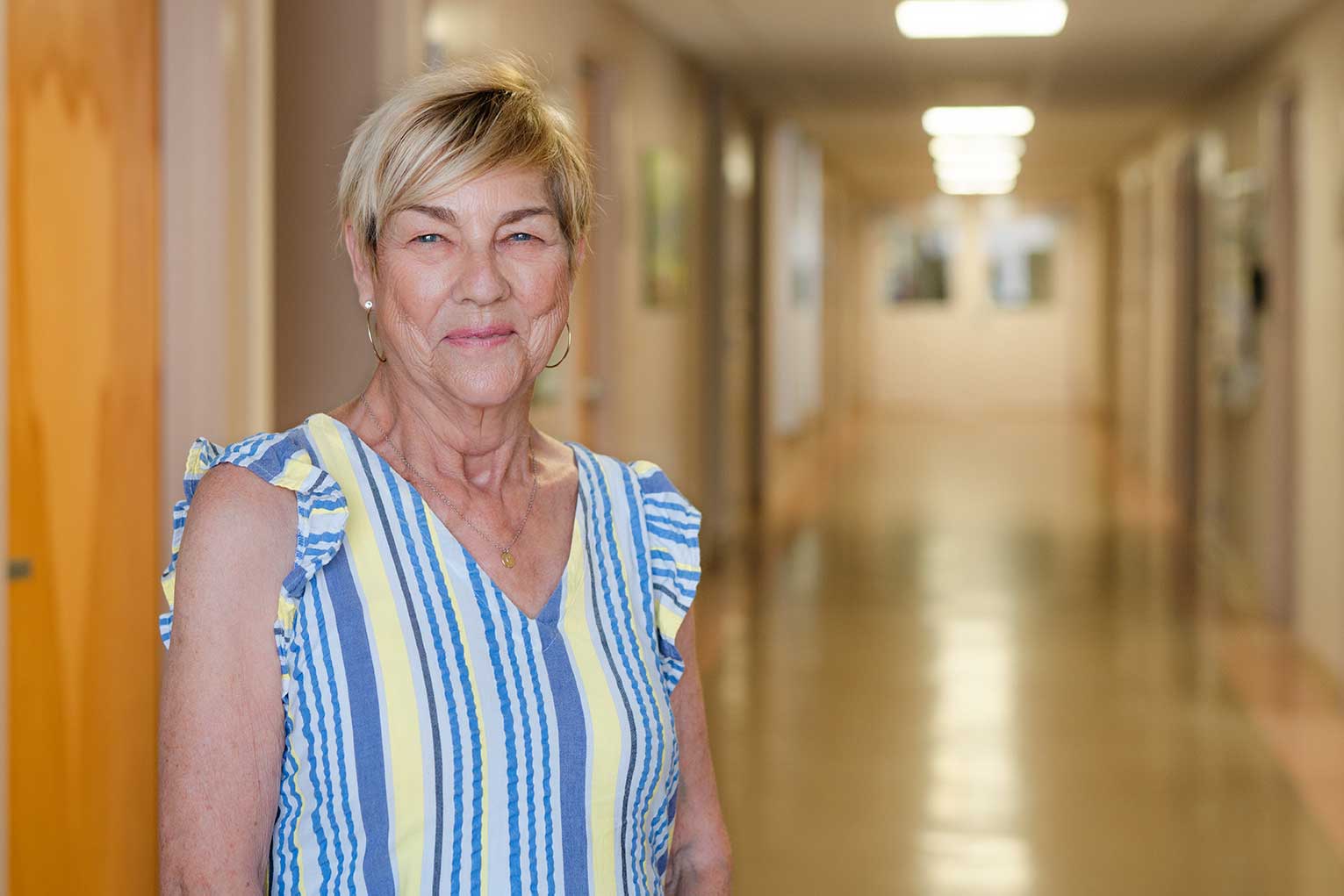
‘One day at hemodialysis, I just broke down and started crying’
When Cecile Stoughton was diagnosed with Polycystic Kidney Disease in 1999, it came out of the blue. Cecile worked at the Maidstone, Sask., long-term care facility for 25 years, and as a health care worker herself, she always took her health seriously.
“It was a shock because I've always been really healthy — I rode horses all my life — and I was really busy,” she said.
At first, her condition was managed through medications and lifestyle changes, but eventually, she needed dialysis — a treatment that removes toxins from the blood when the kidney cannot. Dialysis patients spend up to 15 hours a week in treatment, but Cecile says St. Paul’s Kidney Health Program helped her on her journey, guiding her through her first in-center hemodialysis treatments and her transition to home hemodialysis. Like many dialysis patients, she also went on the kidney transplant waiting list.
She adjusted to getting up early to do treatments at home, working at the long-term care home through it all. She and her husband Bryan have a big house and yard with a garden that keeps them busy, and they see their four children and eight grandchildren often. Kidney disease makes a person feel tired, but Cecile doesn’t let fatigue slow her down if she can help it, so she soldiered on.
Then in 2018, she got the call: They had a kidney transplant match! Cecile said the transplant was “like a miracle.” The doctors removed her dialysis access portal right away. There were a lot of medications to take, but she was finally free from the dialysis machine.
Unfortunately, the transplant failed: “Two years later, I started having some troubles with the transplant,” Cecile said. “They did everything humanly possible to save my kidney.”
Sadly, she had to go back on hemodialysis. Twice a week, she and her husband drove the two hours to Saskatoon so she could spend three hours on the machine. Bryan would sleep in the car while she was in treatment, and they’d eat lunch while they drove: “We made 72 trips to Saskatoon and I only needed dialysis for three hours each time, so I was one of the lucky ones,” Cecile said.
They did their best to adjust, but it was a challenge. “One day at hemodialysis, I just broke down and started crying,” Cecile said.
She’d lost her freedom again and wanted desperately to simply live a normal life. So, Cecile went on peritoneal dialysis, which requires an operation to insert a catheter into the abdomen. While it is not for everyone, it can be done daily at home on her own time.
Life with kidney disease is difficult, but Cecile’s bright personality keeps her positive.
“Be aware of your own body and have your own health. Because you do have to be your own advocate,” Cecile said. “I am also really stubborn, and I think that helps — you don't quit.”


